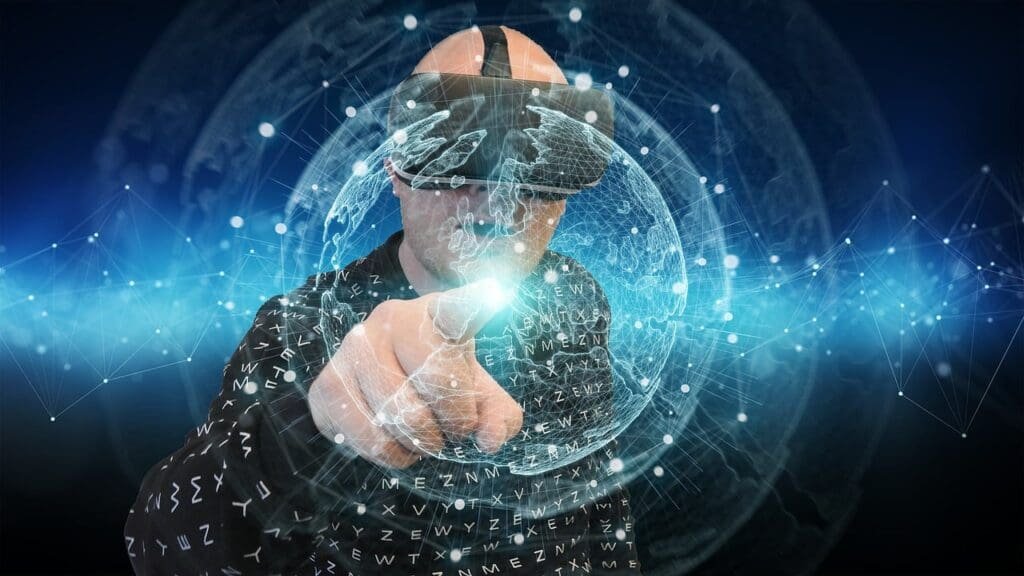Augmented reality (AR) is a technology that enables users to experience a digital layer on top of the real world. AR is already transforming many industries, from gaming to healthcare. However, AR also has enormous potential in education. In this blog, we will explore the power of augmented reality in education and the ways it can revolutionize the way we learn.
What is Augmented Reality?
Augmented reality is a technology that overlays digital information onto the real world. AR is typically experienced through a mobile device or a headset. By using cameras and sensors, AR devices can detect real-world objects and overlay digital content onto those objects.
The Power of AR in Education
Engagement: One of the most significant benefits of AR in education is engagement. AR is an interactive and immersive technology, which makes learning more engaging and fun. AR can bring textbooks to life, allowing students to interact with the content in a more meaningful way.
Visual Learning: AR is also beneficial for visual learners. AR can bring abstract concepts to life, making them easier to understand. For example, AR can create 3D models of molecules, allowing students to visualize their structures and understand their functions better.
Accessibility: AR is also accessible, which is critical for students with disabilities. AR can provide a more inclusive learning experience by enabling students with disabilities to interact with digital content in new ways. For example, AR can provide audio descriptions of visual content, making it accessible to students with visual impairments.
Real-World Learning: AR is also beneficial for real-world learning. AR can provide simulated experiences, allowing students to practice real-world skills in a safe and controlled environment. For example, AR can provide a simulated surgery experience, allowing medical students to practice surgical procedures before performing them on real patients.
Collaboration: AR can also encourage collaboration among students. AR can provide a shared experience, allowing students to work together on projects and learn from each other.
Conclusion
AR is a powerful technology that has enormous potential in education. AR can make learning more engaging, visual, accessible, real-world, and collaborative. As AR continues to evolve and become more widely adopted, we can expect to see more and more educational institutions embracing this technology to enhance the learning experience for their students.



